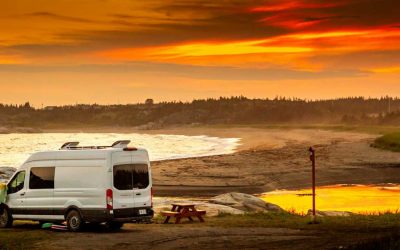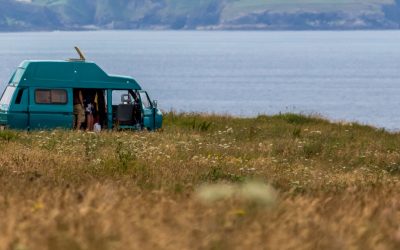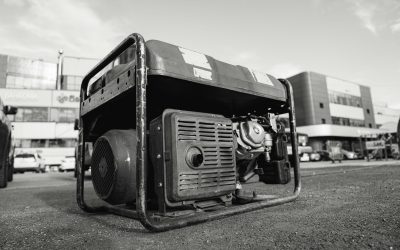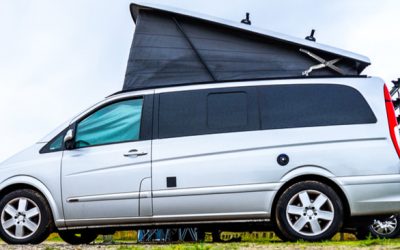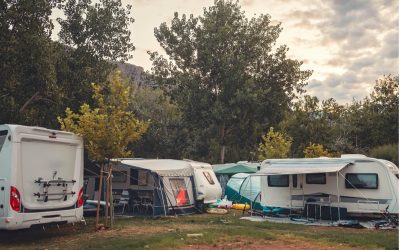This guide explores some of the most affordable campervan options in the UK, for budget-conscious vanlifers. From compact micro campers to spacious...
Category: Camping
The 7 Best Places to Take Your Campervan in the UK
Whether rugged coastline, rolling hills, peaks and lakes or sprawling farmland, a campervan allows you to unlock and explore some of the most remote places in the UK and experience the best the county has to offer.
Safety Tips and Advice for Storing a Portable Generator
If you use a portable generator while adventuring in your campervan, this quick guide can help you use and store it safely, so you can enjoy your...
The Complete Campervan Insurance Guide
What is a Campervan? This may seem like a silly question to open with, but campervans require certain parts and appearances to classify as a...
Campervans Vs Tents: Which Is Better?
Choosing between a tent and a campervan can be a tricky decision as both have their pros and cons. In our guide, you can find out which one is right for you
